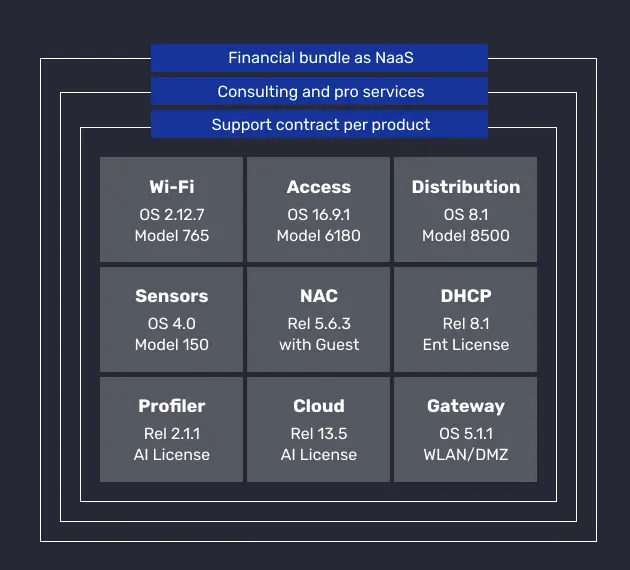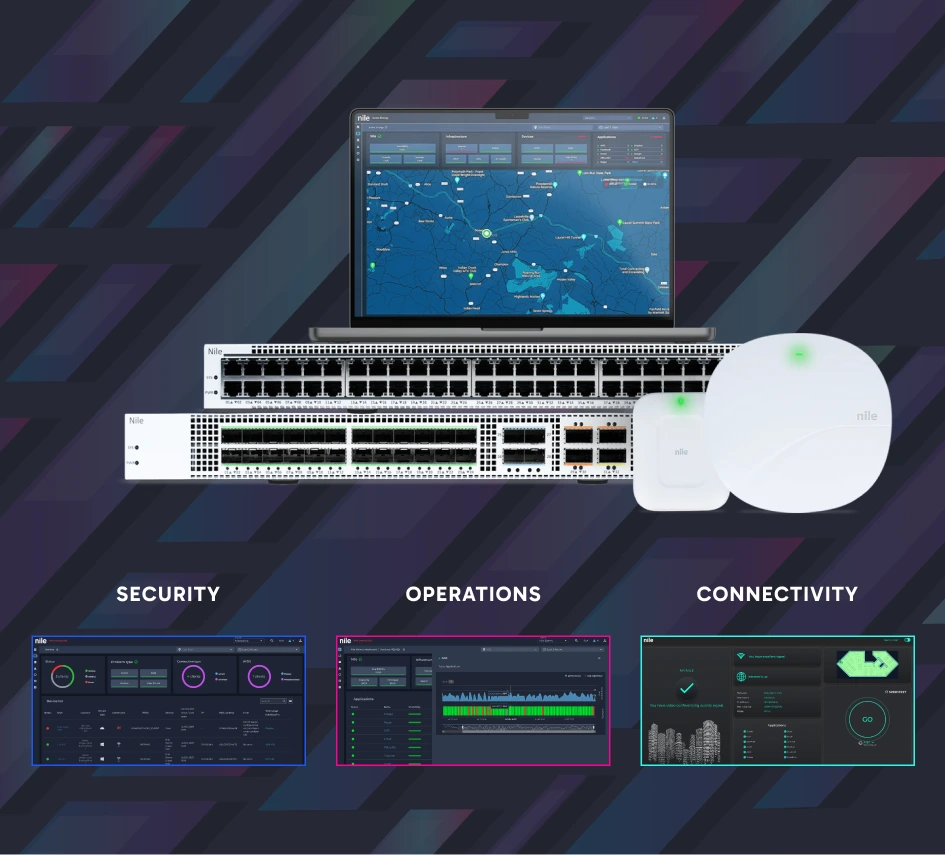vertically integrated tech stack instead of piecemeal products that have traditionally been required to build a secure enterprise LAN
It’s time to bring the principles of the cloud to the enterprise edge
"Wired and wireless networks delivered as a service (NaaS) should present a transparent infrastructure model, similar to the cloud.
Thereby making the device models and topologies behind the scenes irrelevant as long as they meet the business outcome and SLA requirements.
Nile is attempting to disrupt the legacy, box-focused, enterprise market with a specifically designed service offering.”
- Gartner













